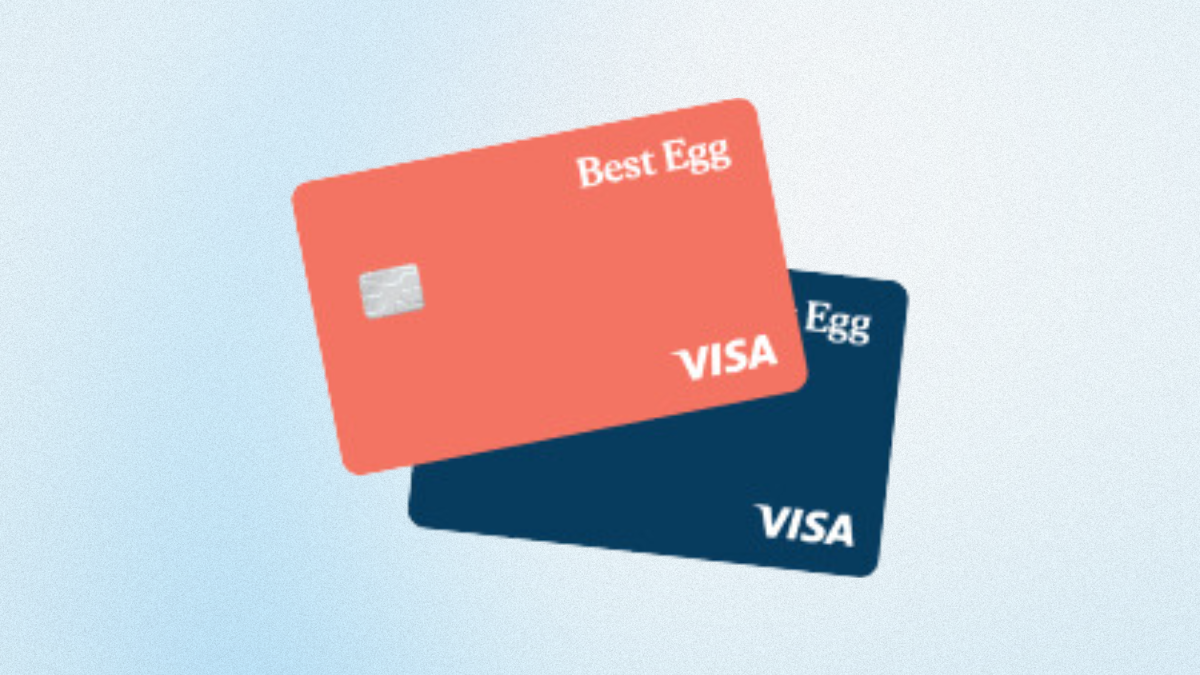Financial Education
How to Invest in a Mutual Fund: Essential Techniques for Success
Learn how to invest in a mutual fund with this quick-start guide: essential techniques savvy investors use for successful investments. Read on!
Advertisement
Boost your Mutual Fund Investments with Key Strategies

Knowing how to invest in a mutual fund can lead to savvy financial moves to grow your wealth. It diversifies your investments and minimizes risk across various assets.

A small glossary of investment terms: a guide for
Do you know what a bond is? And what about stocks or IPO? These are investment terms, and we'll talk more about them in this content.
In this post, you’ll learn the basics of mutual fund investing to make confident decisions that align with your financial goals. Let’s get started!
You will be redirected to another website
You’ll receive messages for less than 1 week, with a maximum of 1 message per day. You can unsubscribe anytime by replying STOP. By submitting this form, I confirm that I am 18+ years old and agree to the Privacy Policy and Terms and Conditions. I also provide my signature, giving express consent to receive informational messages via automated emails, SMS, MMS text messages, and other forms of communication. Message frequency may vary as part of our good-faith effort to respond to your inquiry. Message and data rates may apply. Text STOP to cancel. I understand that my consent to receive communications is not a condition of purchase and that I may revoke my consent at any time.
Advertisement
Building wealth with mutual funds in 5 steps
Building wealth is a goal many people aspire to achieve, and a mutual fund is among the most popular choices.
So, if you want to invest in a mutual fund, here are 5 steps to cogitate.
1. Passive or Active
Active and passive funds are different investment strategies used in the financial markets.
Active Funds are managed by professionals who actively choose and time investments aiming for better returns than the market.
On the other hand, passive funds aim to replicate the performance of a specific market index, holding a diversified portfolio without active stock selection.
Knowing how they work can help you achieve your financial goals easier.
Advertisement
2. Decide where to buy
When purchasing mutual funds, you’ll have several options.
If you decide to buy online, consider the affordability of the platform, the educational resources provided, the user interface, and available fund choices.
Popular options include brokerage firms, banks, and robo-advisors.
3. Consider your budget
Before investing in mutual funds, create a realistic and manageable budget for your financial situation.
It’s important, to be honest about your investment amount and not overcommit beyond your means.
Advertisement
4. Understand fees

Whether you opt for passive or active funds, both will incur a certain percentage cost, which may differ depending on the fund’s structure.
Open-end funds
These are bought and sold through the fund company.
For example, if you buy shares of an open-end fund directly from the company, you purchase at the net asset value (NAV).
Closed-end funds
On the other hand, closed-end funds are traded publicly like stocks.
It means their prices can be higher or lower than the NAV, depending on market demand.
Loads
Mutual funds can carry “loads,” which are commissions:
- Load funds: These have sales charges. Example: You invest $1,000 in a load fund with a 3% sales charge, resulting in $970 being invested;
- No-load funds: These have zero sales charges. Example: You invest $1,000 in a no-load fund, and the entire amount gets invested.
5. Take control of your investments
Regularly reviewing and rebalancing your mutual fund portfolio is necessary to ensure it remains balanced and reduces risk.
To maintain a well-diversified and secure portfolio, you could use some of your successful securities and invest in other areas, for example.

The 3 best low-risk and safe investments
You don't have to take big risks to invest your money if you don't want to. You have good options with these best low-risk investments.
Frequently Asked Questions: Mutual Funds
The concept of mutual funds is quite simple, yet there are several queries that investors may have about them.
To help you out, we have come up with the top frequently asked questions about mutual funds that you should know before making an investment decision.
What is a mutual fund?
A mutual fund is an investment vehicle that combines funds from multiple investors to invest in various asset classes, such as stocks and bonds.
When you invest in a mutual fund, you are essentially purchasing a portion of the fund’s overall portfolio.
For example, if a fund invests in 100 different stocks, your investment represents a share of those 100 stocks.
Mutual funds offer a wide range of investment options that cater to different financial goals.
For instance, equity funds focus on stocks, bond funds primarily invest in bonds, and balanced funds allocate funds to both stocks and bonds.
Are mutual funds safe investments?
A mutual fund is a safe investment alternative, especially for individual investors.
It provides a wide range of diversified portfolios, so investing minimizes the risks associated with the market.
The fund’s value can go down and up, which means that you could lose your money.
Also, management fees and other expenses associated with mutual funds can impact your returns.
So, it’s important to always read and understand the process before taking the first step.
What is the minimum investment required for mutual funds?

Investing in portfolios and mutual funds is an effective way to increase your financial wealth.
When it comes to minimum requirements, it’s important to note that not all portfolios have them.
However, for most mutual funds, the minimum investment can vary depending on the fund itself.
You can start investing with as little as $500 for some funds- a good option if you’re just starting and want to dip your toes into investing.
On the other hand, some funds require a minimum limit of $5,000 or even higher, suitable for investors with more money to invest.
How to choose the right mutual fund for you?
Further, check out some tips to help you choose the best investment!
1. Investment goals
Before investing in mutual funds, clearly understand your financial objectives, such as saving for retirement or buying a home.
2. Research different mutual funds
Analyze various mutual funds’ portfolios, fees, expenses, and performance benchmarks to make an informed decision.
3. Assess the fund manager’s track record
Look at the manager’s past performance, experience, and tenure to determine their ability to manage funds effectively.
4. Consider expenses and fees
Pay attention to the total expense ratio (TER) and other additional fees charged by mutual funds for managing your investments.
5. Classify mutual funds by asset class
Finally, categorize funds into equity, debt, balanced, or sector funds based on the type of investments you prefer, and choose the one that aligns with your risk tolerance.
For example, equity funds are ideal for long-term growth, while debt funds offer stability and regular income.
Are you interested in learning more about investment portfolios? Discover the ideal time for students to begin in our article below. Keep reading!

The best investments for beginner investors
Are you wondering what the best investments for beginner investors are? This is a common doubt. Don't worry, and we'll show you how to start.
Trending Topics

Hassle-free process: Apply for Best Egg Visa® Credit Card
Learn how to apply for the Best Egg Visa® Credit Card and how it can help give you peace of mind - get the result in minutes! Keep reading!
Keep Reading
The Definitive Guide to Apply for Blaze Mastercard® Credit Card
Get your credit back on track with the unsecured Blaze Mastercard® Credit Card- Learn how to apply now. Read on!
Keep Reading
13 simple ways to lower your electric bill
Are you tired of paying too much for electricity? These simple tips will show you how to lower your electric bill and save money. Read on!
Keep ReadingYou may also like

Learn 10 great ways to make extra money while staying at home
Are you looking for ways to make extra money at home? Search no more. This article has fantastic suggestions for you. Learn more reading it!
Keep Reading
How to Become an Investor: 8 Essential Steps for Beginners
Want to know how to become an investor? Explore our beginner's guide with insights for a successful investment journey.
Keep Reading
MaxCarLoan Review: Quick Loans, Dream Cars!
Need car financing? MaxCarLoan loan broker, in this review, helps you find the best broker on the market. Learn more!
Keep Reading